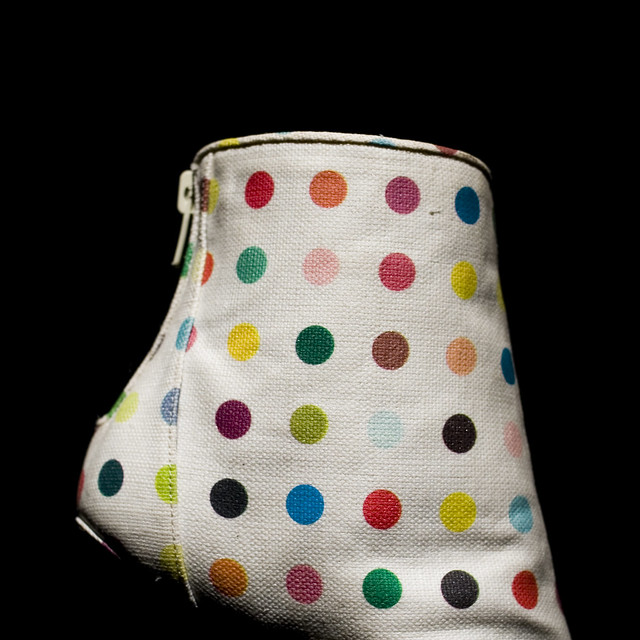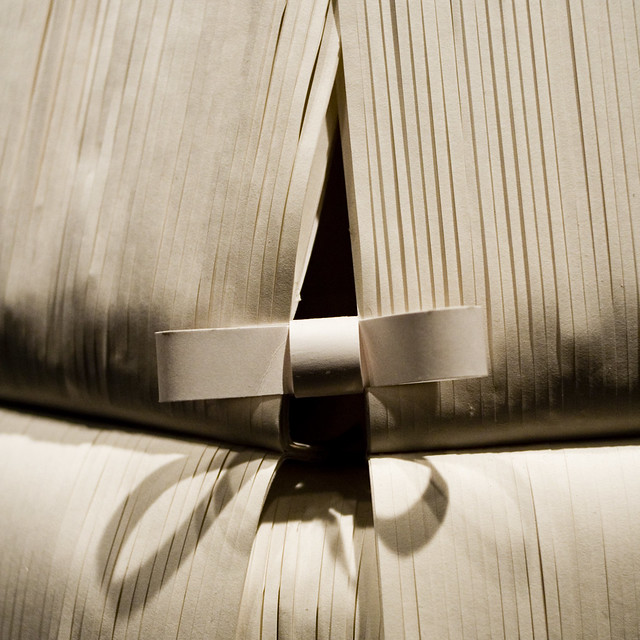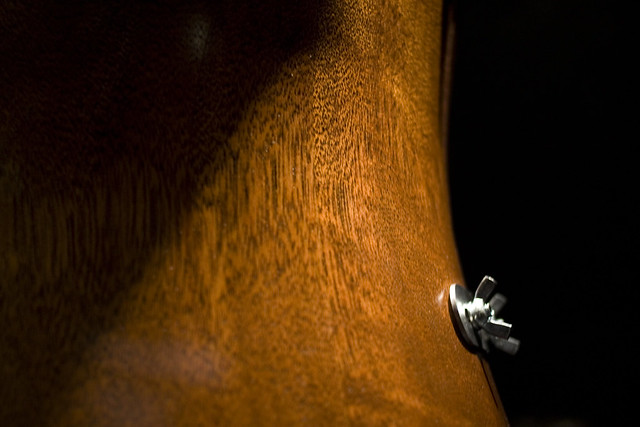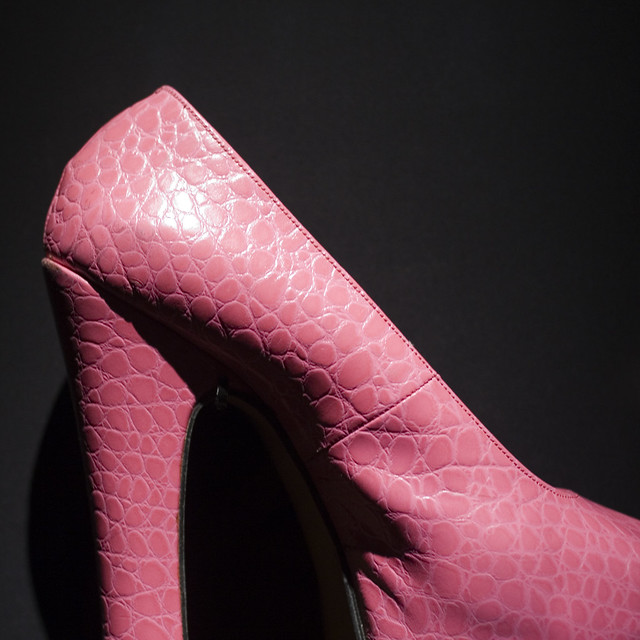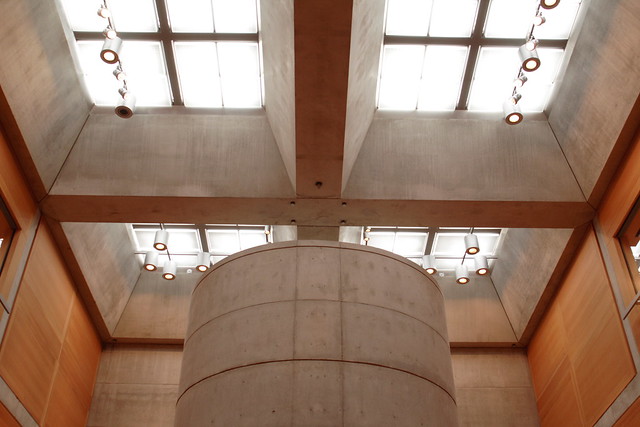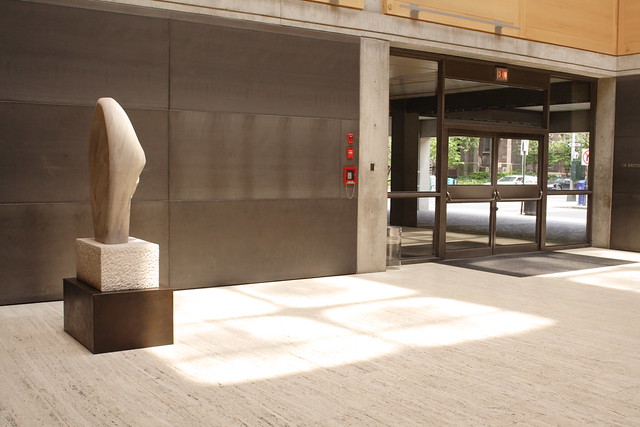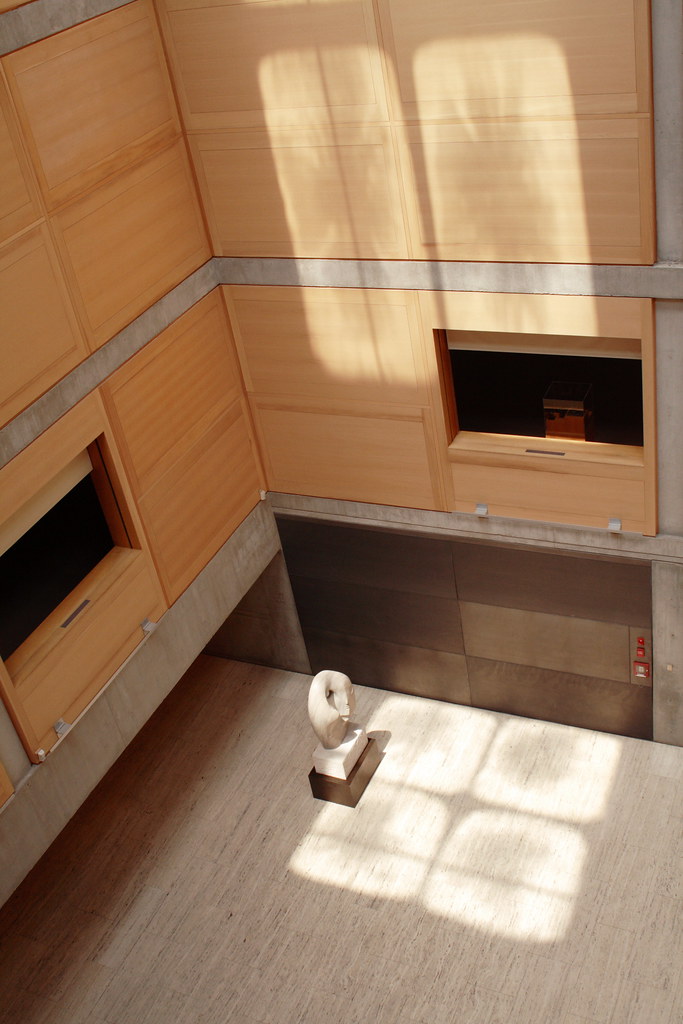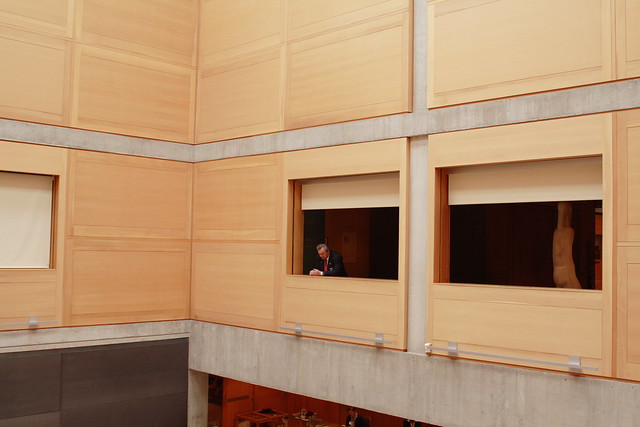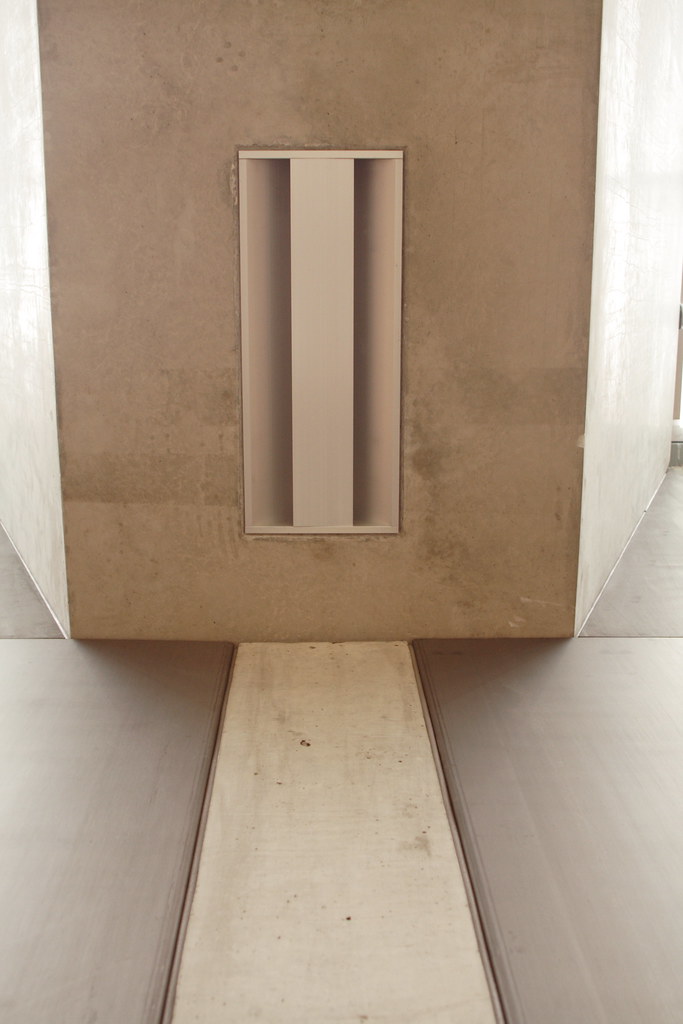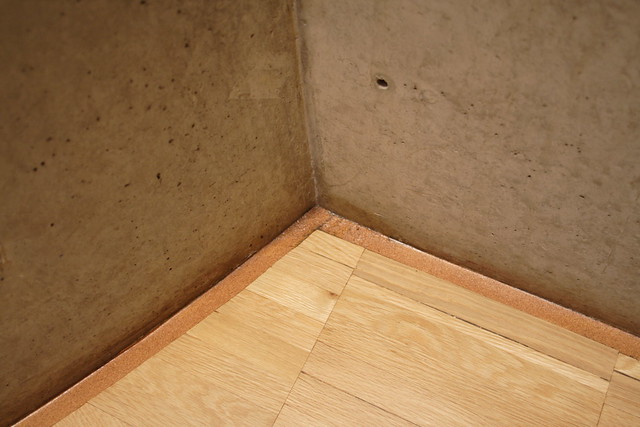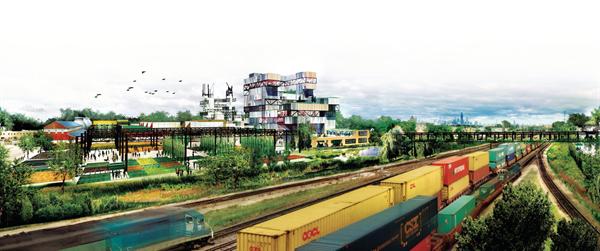Tag: museum
V&A Museum: British Design 1948–2012: Innovation in the Modern Age

Yes, I love British Design, but that isn’t much of a secret: I’ve written about the Halley Research Station, British Design Classics stamps by Royal Mail, British Rail Corporate Identity, 1965-1994 and innumerable posts about the London Underground Map. So I bring great tidings: at the Victoria and Albert Museum in London is an exhibition which has been ongoing for the last few months entitled British Design 1948–2012: Innovation in the Modern Age:
In 1948 London hosted the first Olympic Games after the Second World War. The ‘Austerity Games’ (as they became known) took place at a time of economic crisis in a city devastated by bombing, but they provided a platform for reconciliation and reconstruction. In 2012 Britain welcomes the Olympics once more, and while the spirit remains, the context in which they are taking place has entirely changed. British Design 1948–2012 traces those changes by exploring buildings, objects, images and ideas produced by designers and artists born, trained or based in Britain.
The displays examine the shifting nature of British design over 60 years: three galleries respectively explore the tension between tradition and modernity; the subversive impulse in British culture; and Britain’s leadership in design innovation and creativity. The exhibition reveals how British designers have responded to economic, political and cultural forces that have fundamentally shaped how we live today. They have created some of the most inventive and striking objects, technologies and buildings of the modern world.

The V&A is an amazing museum, and if you are anywhere near London, you must see this exhibit before 12 August 2012.
The above video features the following designers:
Jay Osgerby & Edward Barber (Barber Osgerby) – London 2012 torch designers
Margaret Calvert – Motorway Sign designer
Andrew Stevens & Paul Neale (Graphic Thought Facility) – exhibition show designers
Kenneth Grange – Kodak camera designer (Brownie Vectra Camera)
Thomas Heatherwick – London Transport bus redesign
Yale Center for British Art – Louis Kahn
Shigeru Ban – Nomadic Museum for Ashes and Snow
Survey of Reaction: “Foreclosed: Rehousing the American Dream”
Reality Check: Developers React to MoMA’s Show, “Foreclosed: Rehousing the American Dream”:
But during a panel on March 8 at the museum sponsored by the Forum for Urban Design, two developers, an architecture professor, and a real estate lawyer reacted soberly to the adventurous and optimistic schemes. Though the panelists agreed that the foreclosure crisis will lead to major changes in suburban development, they all thought new patterns are less likely to be brought about by a revised American dream than by economic and demographic factors. And all said it would be very difficult to change zoning laws to permit denser new development patterns, especially in existing “inner-ring” suburbs.
Financing suburban architecture:
My main beef with the show is that it’s far too utopian and impractical. That’s par for the course when it comes to museum architecture shows, but I was hoping for more realistic proposals in this particular case, just because the foreclosure crisis is so real and urgent.
Dream Deferred: The Museum of Modern Art’s “Foreclosed” exhibit is long on art and short on reality.
Any honest attempt to fix the suburbs has to start with facing up to why so many Americans live in the suburbs in the first place, and who those Americans are. Suburban families are bigger than urban families; they like their space; and they like living in places where they’re a good distance from their neighbors and a long way indeed from people of other social classes.
Nelson Atkins Museum Bloch Building
New Museum Scales
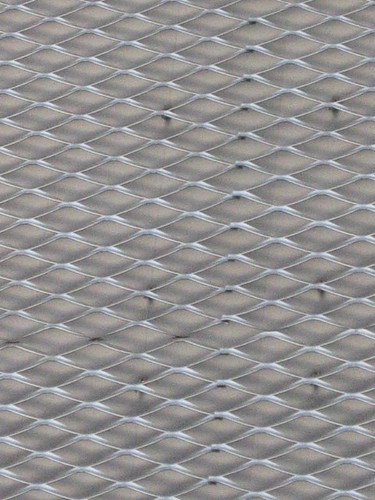 IMG_5641.JPG, originally uploaded by emily geoff
IMG_5641.JPG, originally uploaded by emily geoff
